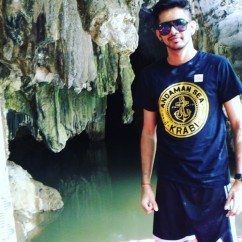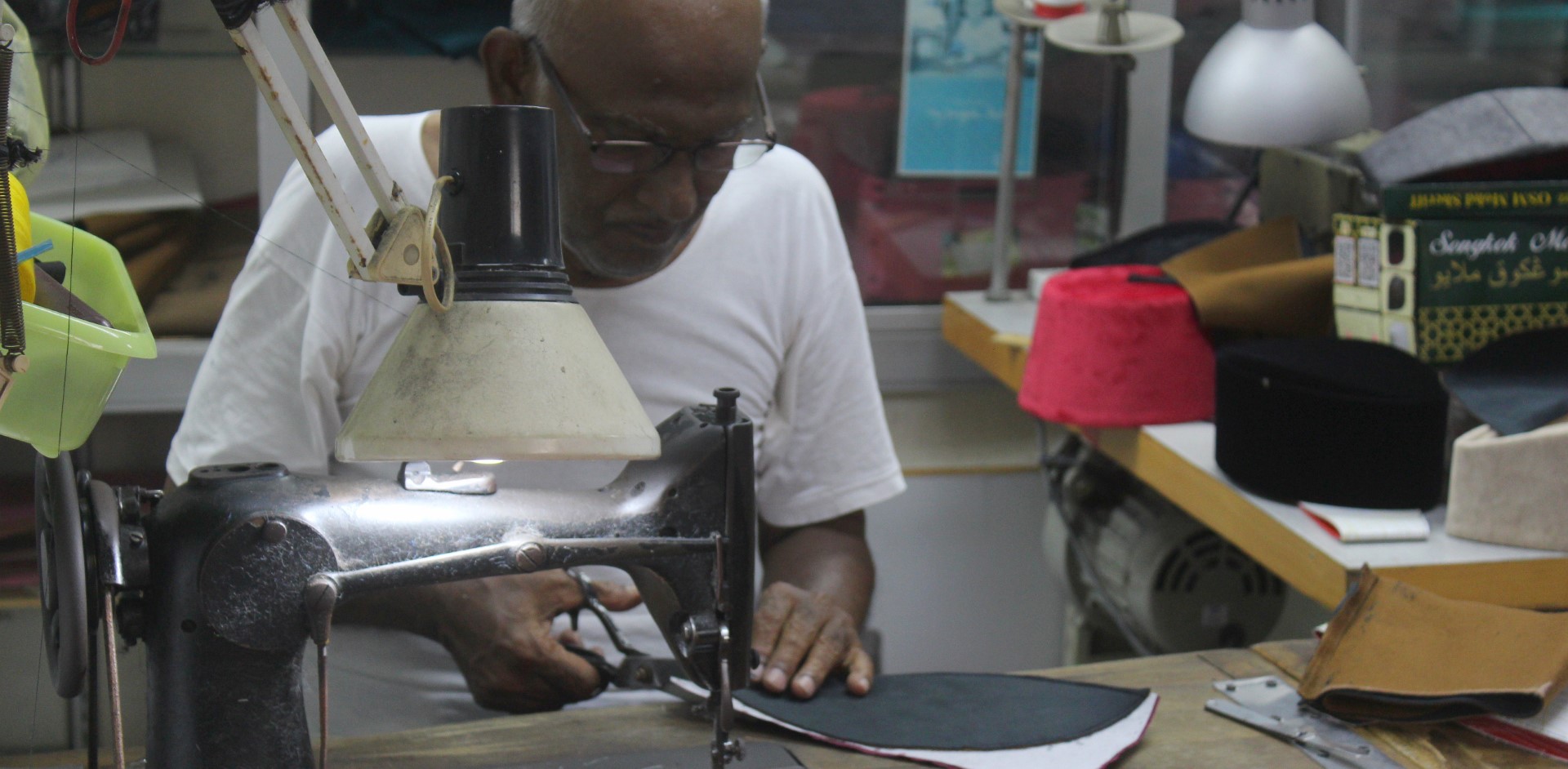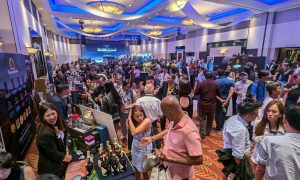In a world of automation and high efficiency, the careful craftsmanship of a traditionally handmade product always stands out.
Somewhere along King Street you will find a humble shop that handcrafts the best handmade songkok — a stiff felt cap worn by men of the Muslim faith in Malaysia. With blinds rolled up, two wooden desks are separated by a pillar, both occupied by timeworn sewing machines operated by dedicated individuals.
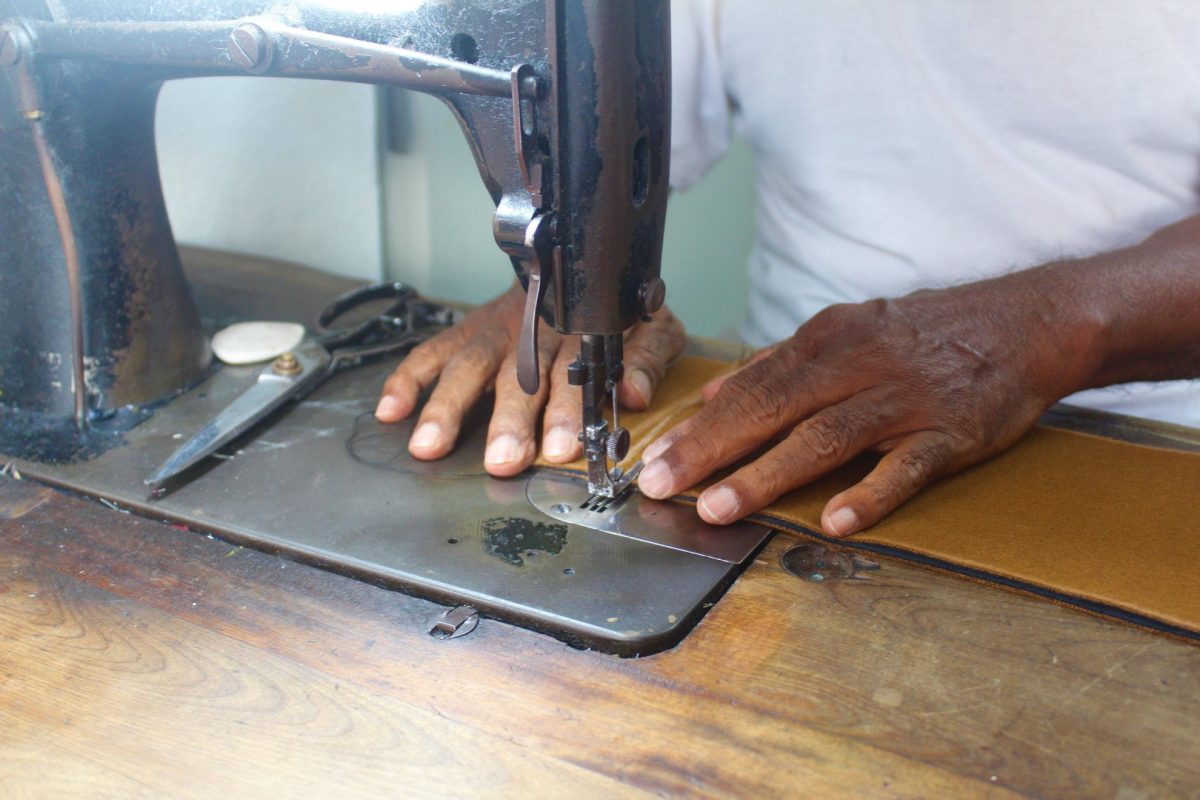
Leaning forward on the right side is Haja Mohideen, meticulously stitching a fabric beneath a needle clamp while his foot steps onto the treadle to keep the reciprocating motion going. The clunking sound of the sewing machine is nostalgic, and the peeled-off paint indicates better days yet still delivers the best results. When things are taken care of, they last. The same goes for a time-honoured profession.
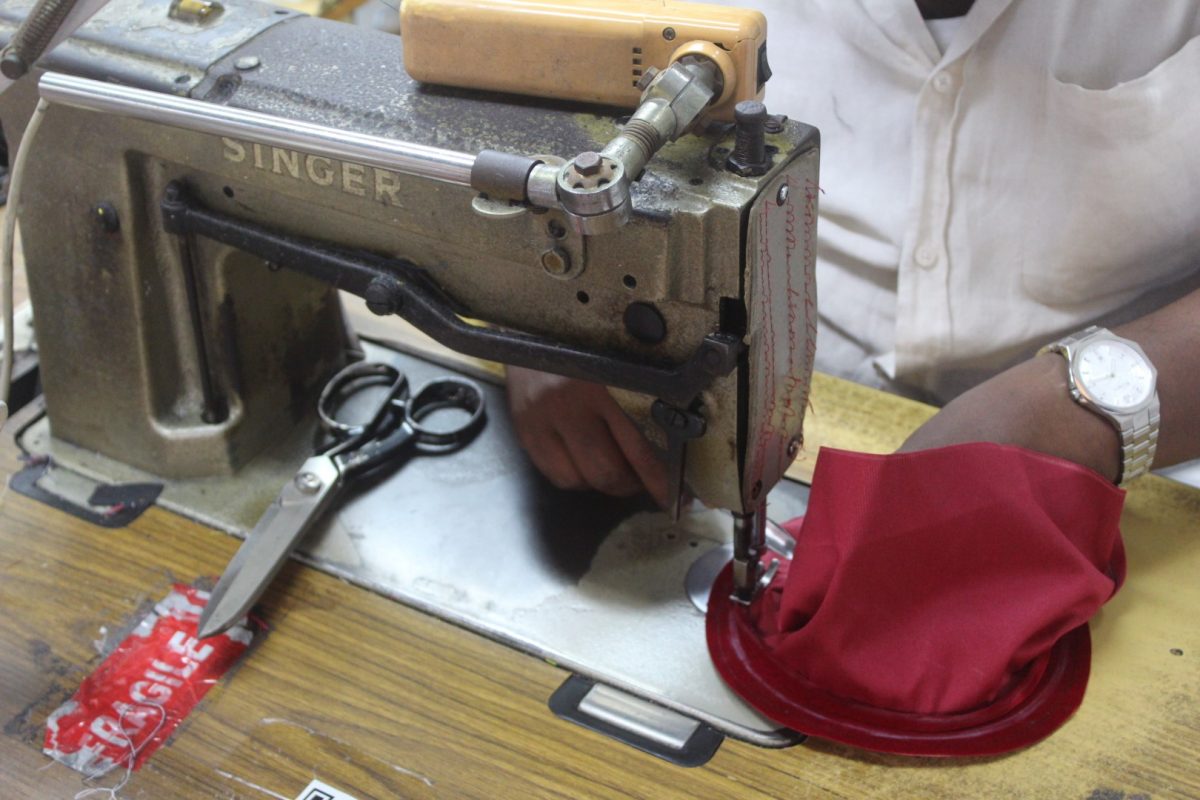
This sewing machine has been in motion regularly since the shop was established in 1936 by his father. In business for more than 80 years, and neighbouring the Nagore Durgha Shrine, this store is a generational feat, especially because the songkok is a traditional headwear worn by Muslim men for religious and festive occasions and weekly visits to the mosque. Almost every passer-by greets him, and customers tend to pause between conversations to admire his deft hand skills. “I am the same age as our current prime minister and I will continue doing it as long as possible,” said the 75-year-old jovially when asked about being the last songkok maker in Penang.
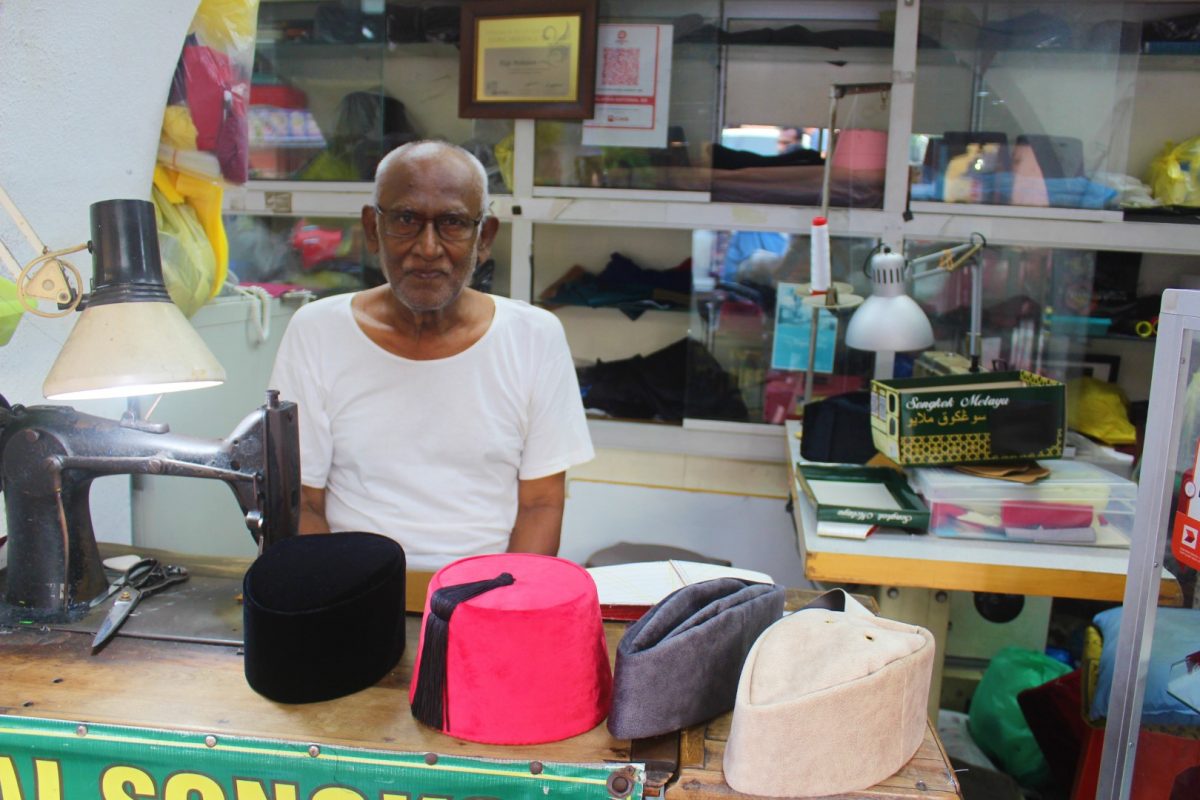
THE LEGACY OF HAND-CRAFTING SONGKOK
Businesses from the olden days usually cement a concomitant teacher-student relationship. A reflection of this heirloom custom is Haja Mohideen’s satisfaction in maintaining the authenticity and devotion attained from his father. His family came to Penang from Ramnad, India when he was 7 years old. Despite being in a family of seven children, his father decided to pass down the skills only to him. From the name to the sewing machine and preparation methods, nothing has changed. The experienced maker made his first songkok when he was only 12 years old. It soon became his daily routine after school.
His intelligence was not only on education but on the traditional craft too. His father did not personally teach him to make songkok step-by-step, but he caught up solely by observation. “My father spends hours producing songkok and I naturally replicated the steps after watching him,” said Haja Mohideen.
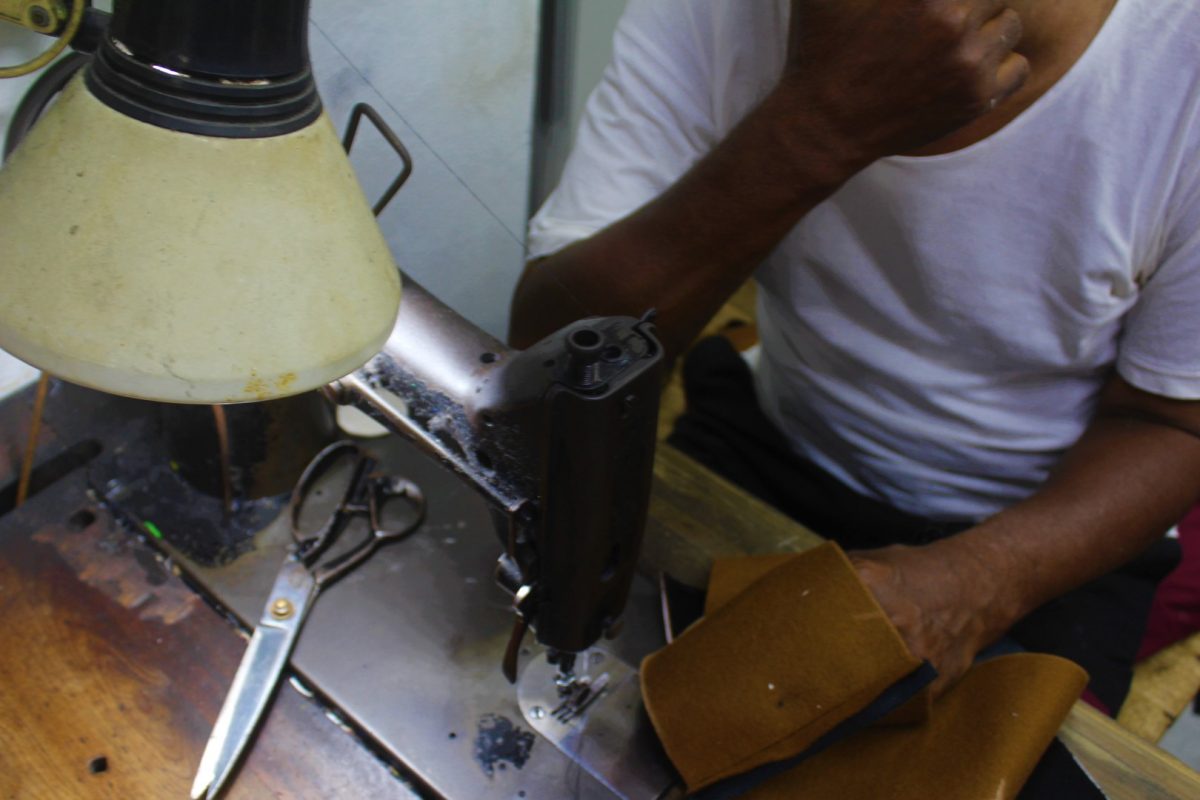
Initially, making songkok wasn’t his first interest. When pursuing his secondary education at Georgetown Secondary School, he preferred an office job. Mohideen’s resilience in obtaining proper education regardless of having an inherited business went as far as attending night classes. On the business side, his father guided him to be a master of one, sticking to songkok and not being deterred by the demand for other traditional attire. He took over the business when Mr Mohd Shariff passed away in 1973. He managed to adapt to the lack of assistance but when age started to catch up, he was concerned if this handmade legacy would end with him. Fortunately, his son-in-law, Abdul Kader Mydin joined him as an apprentice a few years ago.
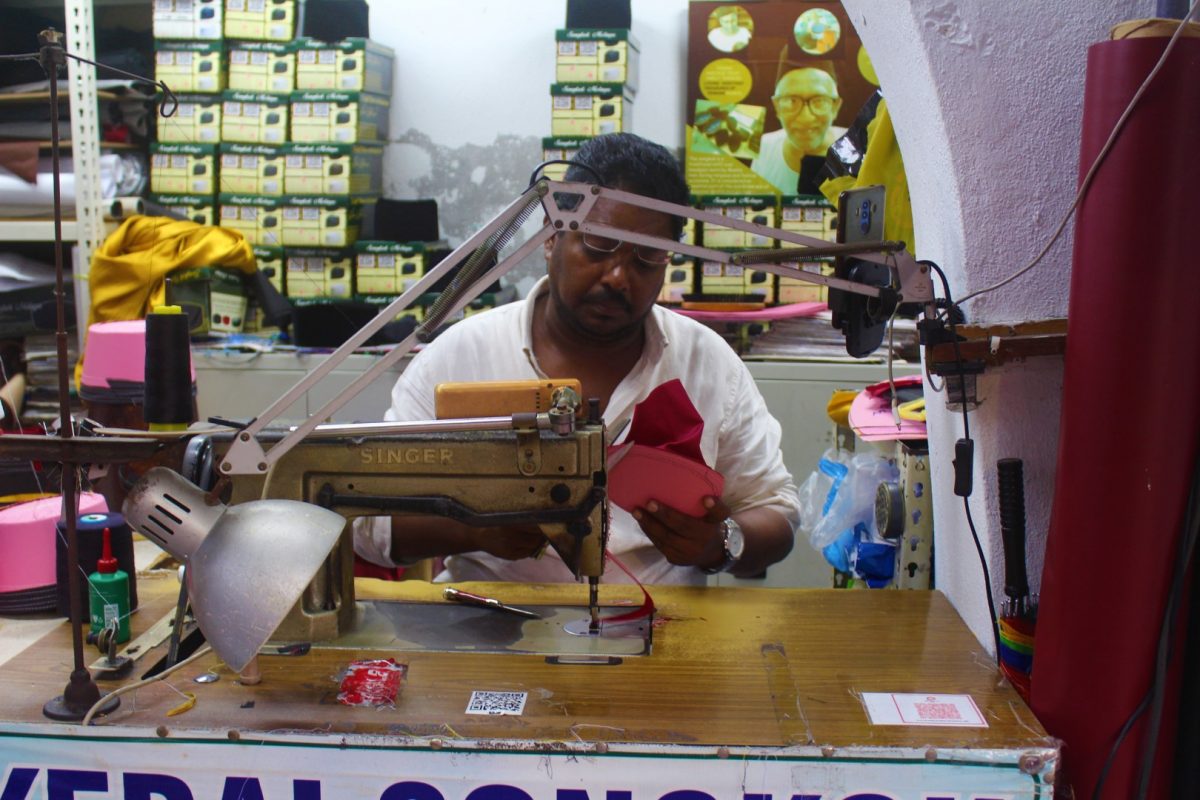
IDENTITY OF EACH REGION
You will find a variety of songkoks here, which resulted from the crossroad of cultures from the earlier days. Mohideen’s most sought-after craft is Songkok Melayu. This headdress may be a common sight to us but it is very new to foreigners as they are unavailable in their countries. Choices extend to Karzi, Lipat, Jenakiah, and Tarbus. The former is favoured by North Indians, lipat translates as foldable, and Jenakiah resembles a Pakistani style.
The songkok that immediately grabs anyone’s attention is Tarbus, also known as Fez. With an approving nod, the owner took a squint at my admiration of the truncated, crimson-hued headdress with a swinging black tassel. Fez originated from the Ottoman Empire in the early 19th century, creating military reforms to support and strengthen the state.
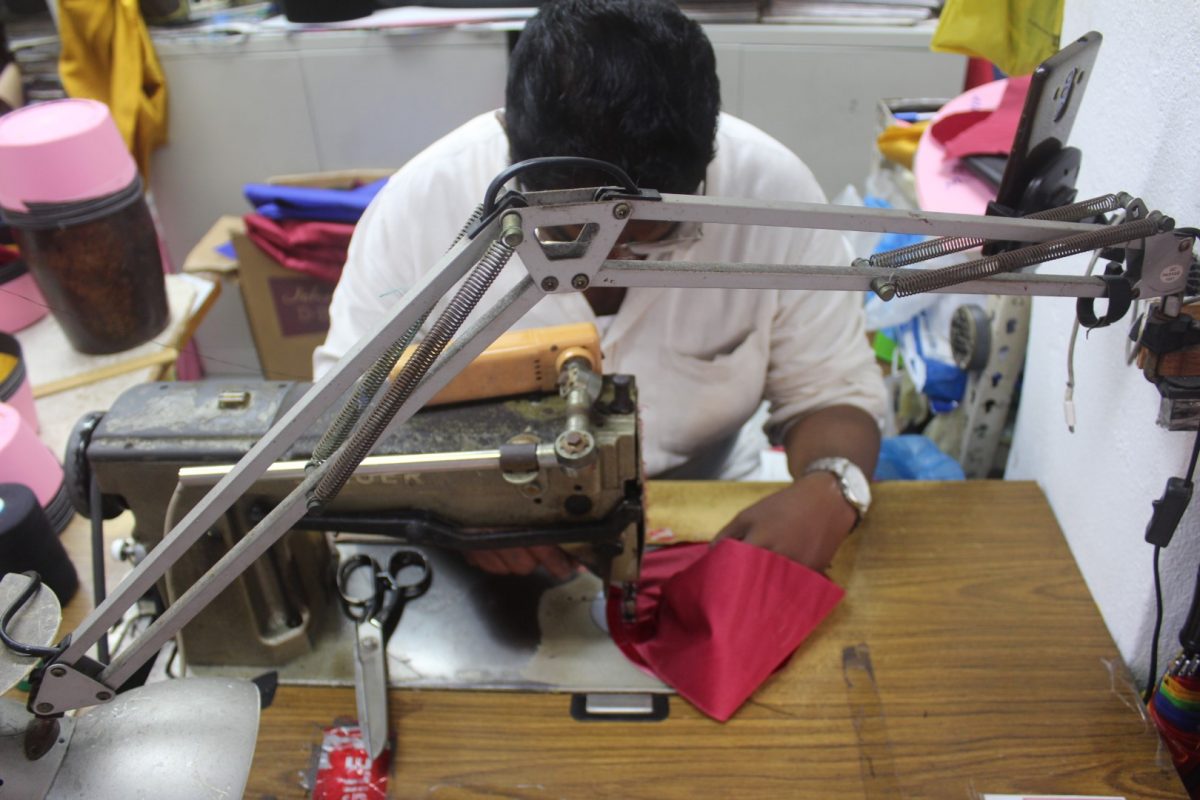
On my day of visit, his son-in-law handled the task of producing this historical headwear. My fear of disturbing his focus with questions did not materialise as he was intrigued by my curiosity. Despite the songkok’s tie to Turkey, it is used in Penang Boria and other cultural performances. Gently moving the cloth in a conical manner, he stitches the satin onto the cardboard frame. Mohideen claims that some of the younger generations had seen photographs of their ancestors wearing this elaborate songkok and they thought of getting themselves one too. As beautiful as the Fez appears, it also takes a whopping three hours to complete a single piece. On the other hand, Songkok Melayu is an hour quicker.
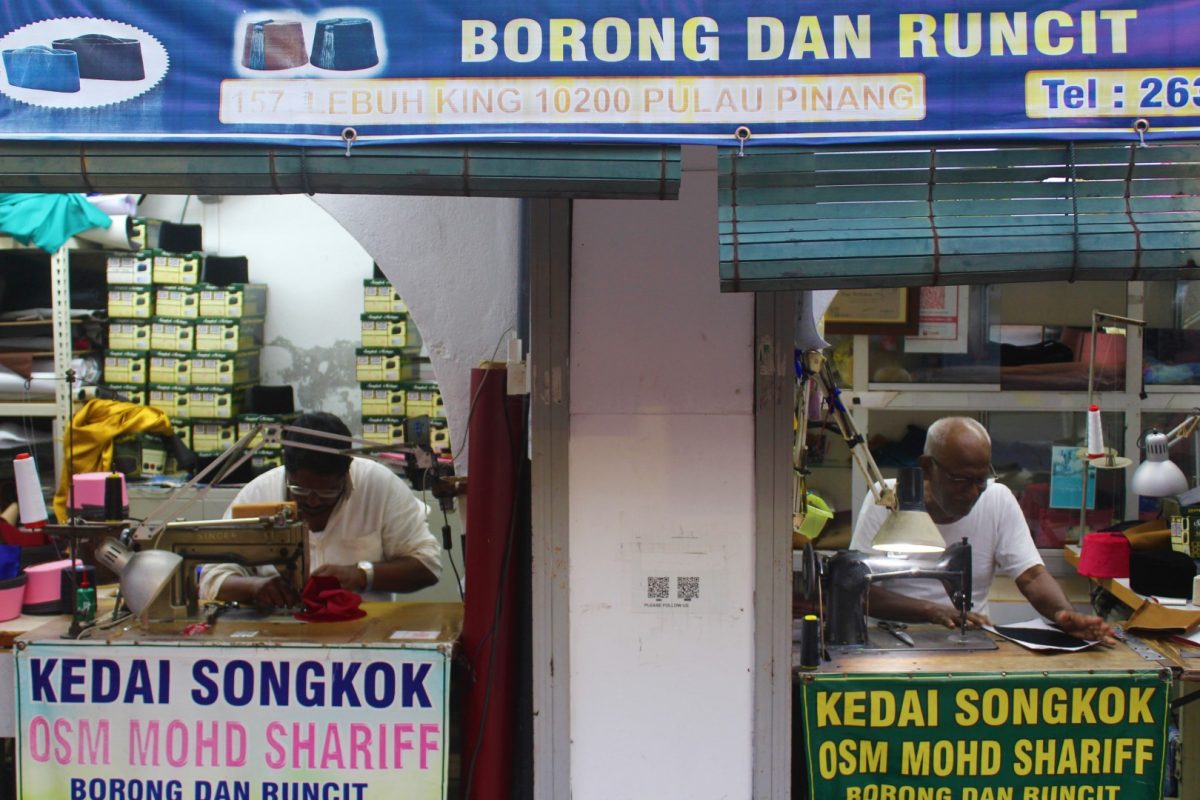
HOW IS A SONGKOK MADE?
The whole process involves tedious labour. First, the measurements of the head get jotted down, then, the inner frame is made using cardboard as a stiffener and cut into an oval shape. The same material is used for the circumference of the headgear. For utmost quality, some fabrics such as satin and velvet are brought from Korea and Japan. Mohideen explains the most significant part is joining the roof and the rim of the songkok. The finished headdress must stand steadily on a flat surface before placing it onto the head.
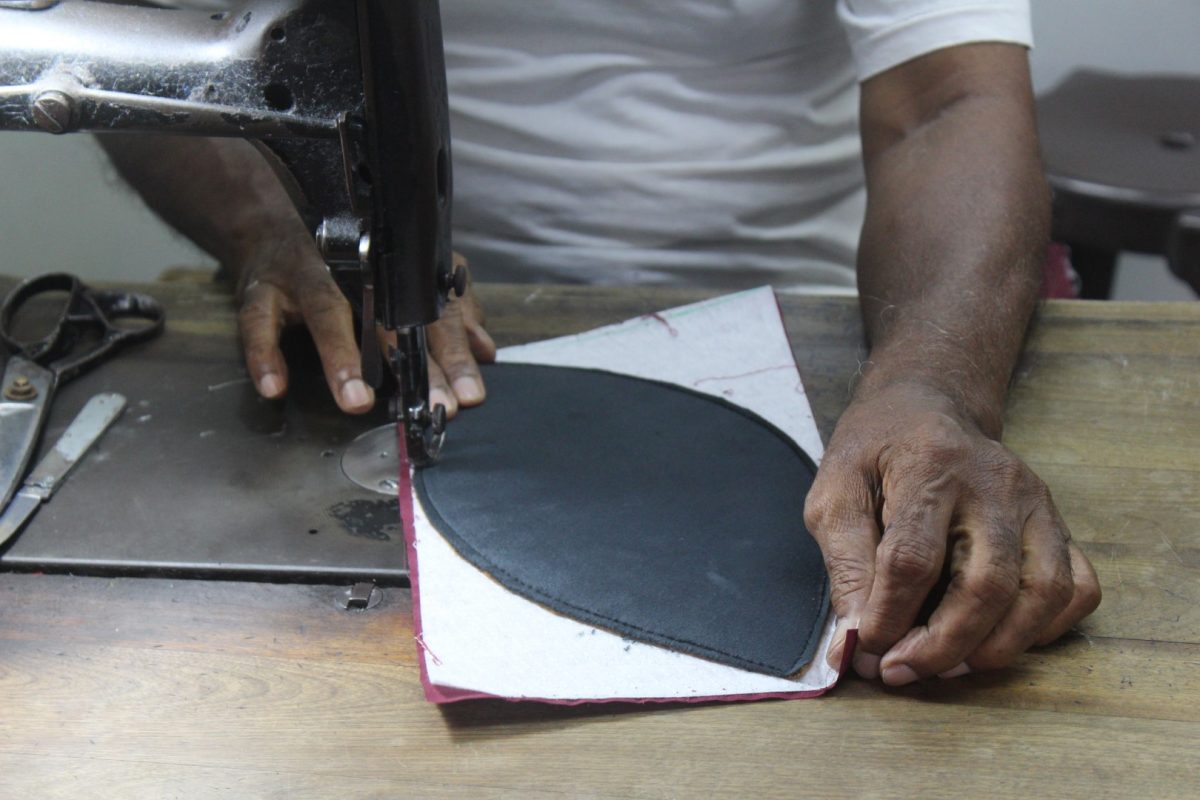
Mass-produced songkoks may be leading the number game but they can’t be specifically made to order according to height, width, and preferred colours. Black and brown are usual picks whereas headdresses with gold and silver fringes are set aside for royalty. According to requests, small holes can be added to the top for ventilation and satin can replace plastic to reduce sweating. Another unique factor of handmade songkok is each has its respective curve compared to machine-produced ones. As I pictured in mind an adult, he hinted that babies have different diameters too.
When asked if he has added any fresh ideas to the design of the songkok, he shared that he sticks to traditional design because customers are familiar with it. Also, the profit for each headgear is minimal, therefore implying unwanted changes are a risk. Until today, customers have never bargained to lower the price considering the sheer quality of the songkoks. He adds that he feels contented when receiving engagement and wedding orders since he feels like being a part of a life-defining moment for his patron. With the support of Abdul Kader, their handmade songkoks are sold on online platforms like Shopee and Lazada.
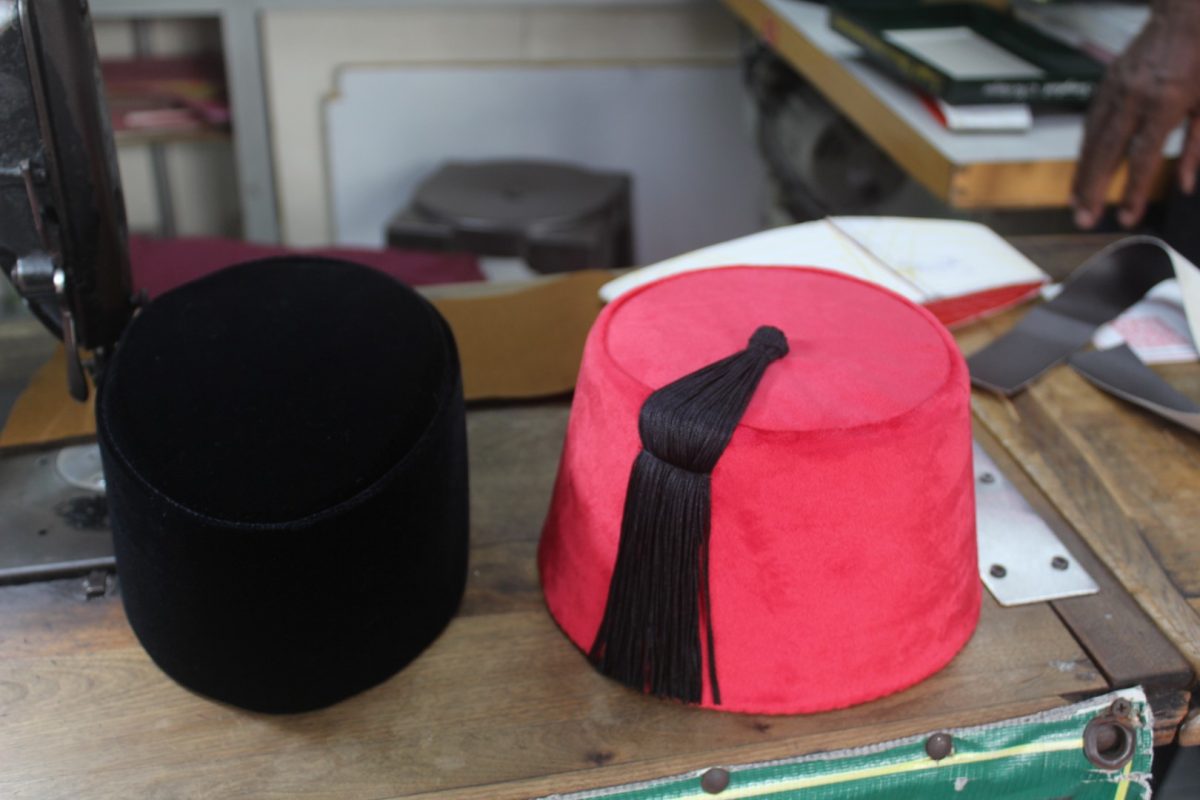
APPRECIATED BY ROYAL CLIENTELE
Kedai Songkok OSM Mohd Shariff’s loyal customers extend to the royal house. Haja Mohideen recalls it being his finest moment when the former Agong and King of Perlis, Tuanku Syed Sirajuddin Tuanku Syed Putra Jamalullail arrived and got his handmade songkoks. Other renowned names include former Prime Minister, Tun Abdullah Ahmad Badawi and other government officials. Their entourage was so huge that it eclipsed the size of the shop itself. “I constantly gave my best when making these headpieces, and such moments were truly a reward,” cherished the oldest songkok maker in Penang.
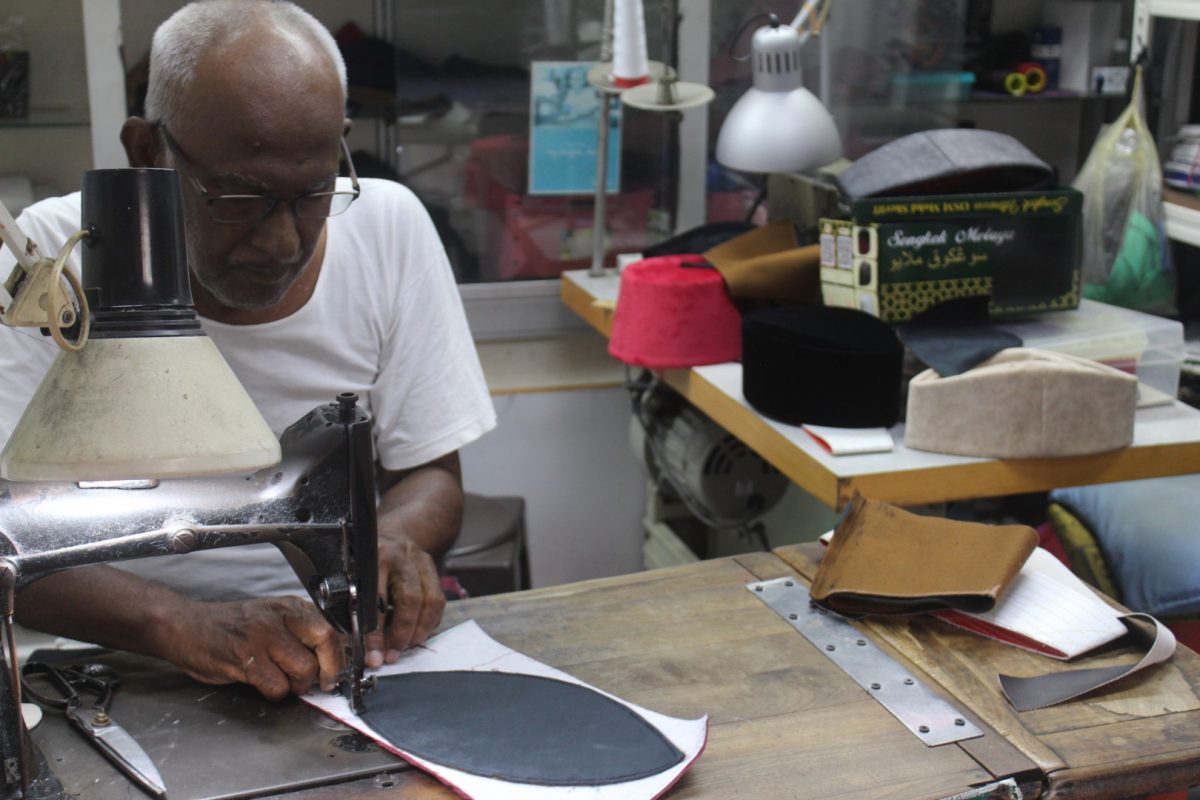
The origin of songkok remains cloudy but it became widespread through royal leaders. The black felt hat was a common sight in the Malay Archipelago in the 13th century, coinciding with the arrival of Islam. The Straits of Malacca was considered the main trading route between the Malay Peninsula and Indonesia, therefore Arab traders did not only bring their spices but culture too. Gradually, Malaysian leaders wore songkoks for national events and inside the Houses of Parliament. So much so that privileged males receiving titles from Malaysian Kings would wear the headpiece.
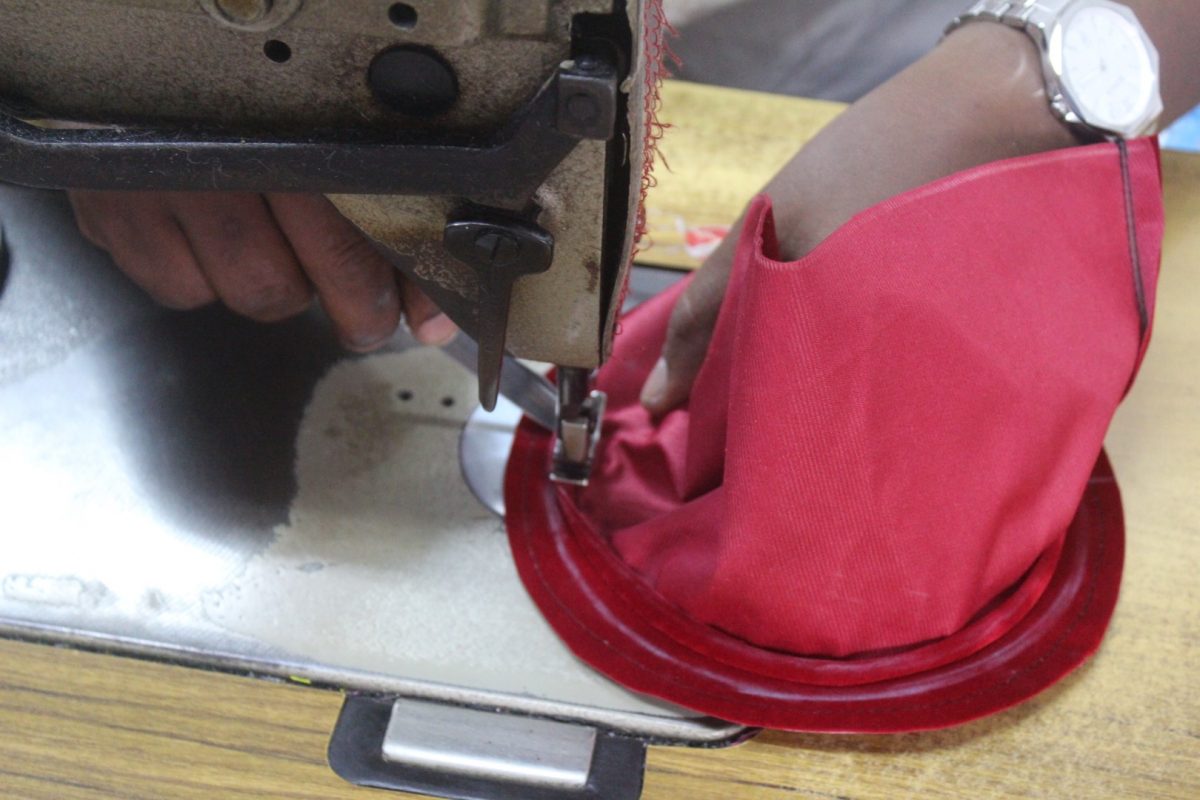
THE LOVE FOR RAMADAN
During Ramadan season, Mohideen is happy that orders pick up more compared to the rest of the year. Many families have made their traditional routine to get their songkok from him for every Hari Raya. He truly appreciates having a special bond with them, as both grandparents and grandchildren get their traditional hats here.
“I spend time with my family, particularly my grandchildren, and visit other family members,” said the songkok maker with a wide smile. And since Hari Raya revolves around traditional attire, conversations at home will also be about songkoks made by him. I was also surprised to hear that he does not have hobbies because producing songkoks has been etched as a part of his life. A Living Heritage Treasure of Penang Award, presented to him in 2017, hangs right behind this sitting space. There is no better spot it could be. In an era where convenience to produce is all about pace and profit leading to oblivion, lies a man upholding a tradition and his father’s name, one songkok at a time.
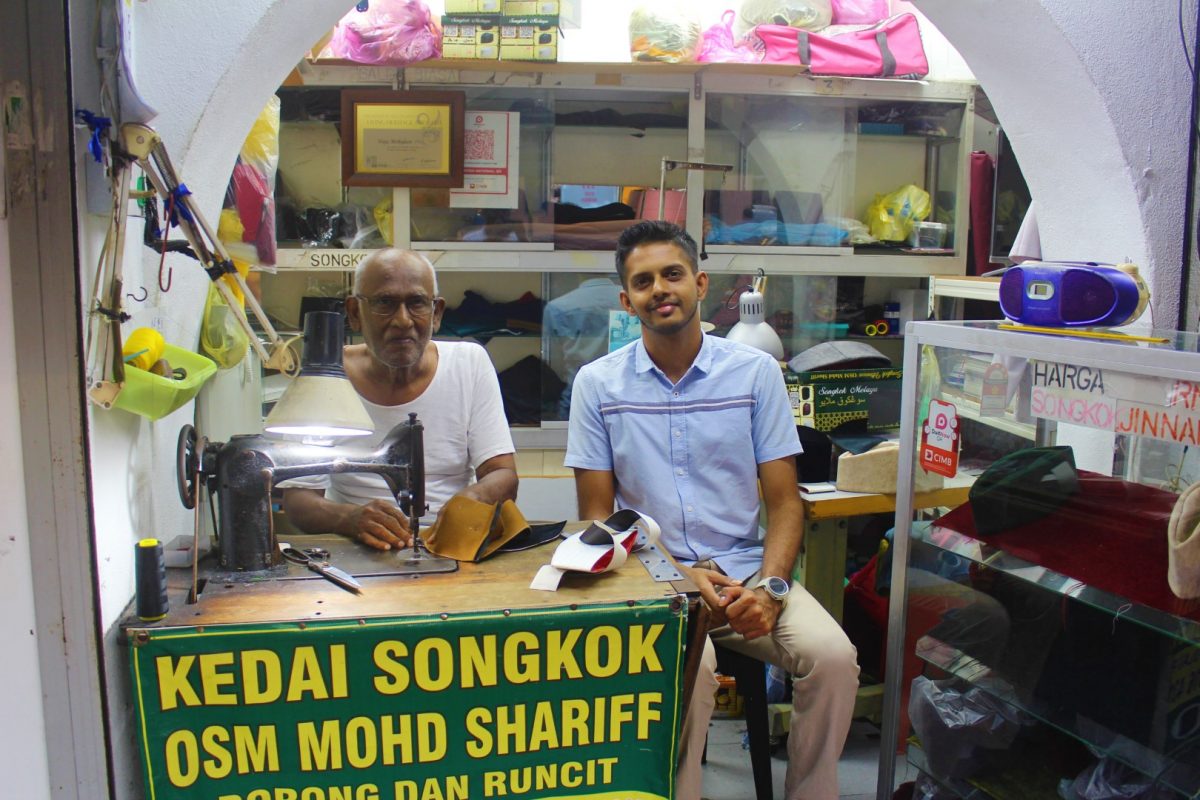
"ExpatGo welcomes and encourages comments, input, and divergent opinions. However, we kindly request that you use suitable language in your comments, and refrain from any sort of personal attack, hate speech, or disparaging rhetoric. Comments not in line with this are subject to removal from the site. "

